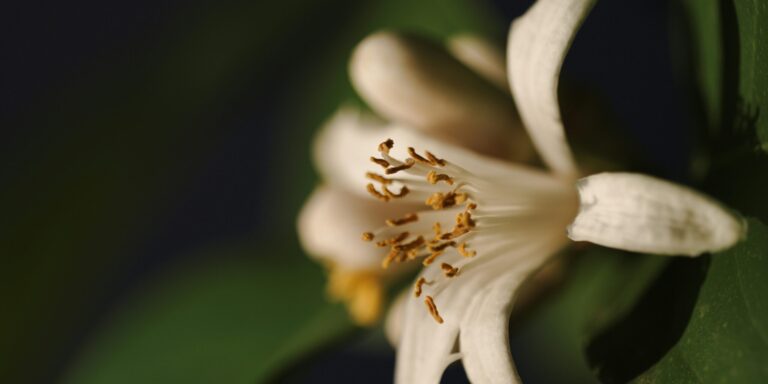A new study in Frontiers in Plant Science warns that climate change may severely disrupt the natural habitats of wild vanilla orchids and their specialized pollinators, potentially destabilizing the global vanilla supply by mid-century. Researchers focused on plant–pollinator relationships across the Neotropics and modeled changes in habitat suitability under moderate (SSP2‑4.5) and high‑emissions (SSP3‑7.0) scenarios.
The study examined 11 wild Vanilla species and seven known bee pollinators, mainly from the Euglossini tribe. Using MaxEnt species distribution models, the team found that while some vanilla species may gain suitable habitat (up to +140%), others could lose between 1% and 53% by 2050. In contrast, all pollinator species are projected to experience habitat declines—from 7% to as much as 71%—under both scenarios .
Most strikingly, many vanilla–pollinator pairs will likely lose significant range overlap, especially those relying on a single pollinator. One wild species, V. trigonocarpa, could see overlap decline by 90%, significantly impairing natural reproduction and genetic diversity . Even where vanilla plants gain territory, their pollinators may fail to follow, creating ecological mismatches that drive wild orchid populations toward decline .
These wild vanilla relatives are crucial reservoirs of genetic diversity, offering climate and disease resilience traits to cultivated Vanilla planifolia, the species behind most commercial vanilla. Without this genetic pool, farmers may struggle with intensifying threats such as heat, drought, and pathogens .
Researchers stress that habitat loss is worsened when pollinators and orchids separate geographically. Furthermore, much of the remaining habitat for both species outside protected areas underscores the need for expanded conservation efforts .
To counteract these risks, the study recommends a multifaceted conservation approach: establishing and preserving in situ habitat corridors, enhancing habitat connectivity, and protecting existing natural reserves. Ex situ strategies like seed banks and botanical gardens are vital backups to maintain genetic diversity. Assisted migration—translocating plants or pollinators to new suitable habitats—may also be necessary .
Agroforestry systems play a key role by integrating vanilla cultivation within forest landscapes. These “sharing” systems promote diversified habitats where both orchids and their pollinators can thrive. Such community-driven, sustainable land use is especially relevant in Madagascar and Indonesia—major vanilla-growing regions—where local farmers already blend conservation with cultivation .
The crisis goes beyond biodiversity. Farming communities in the tropics—including many smallholders—depend on vanilla income. Disruptions in pollination can reduce yields, threaten livelihoods, and destabilize markets already vulnerable to climate‑driven variability .
Global vanilla prices are highly volatile due to labor‑intensive cultivation, susceptibility to weather events, and wild harvest pressures. Climate‑induced habitat fragmentation would likely further reduce genetic diversity, increasing yield instability and price spikes that ripple through food, cosmetics, and pharmaceutical supply chains.
Experts emphasize that preserving wild vanilla and pollinators now is essential not only for ecological balance but for long-term economic and market stability. Without proactive conservation and agroforestry strategies, we risk losing the foundation of vanilla’s genetic heritage—and its availability as a beloved global commodity.
This study shines a spotlight on the less visible yet critical interactions sustaining vanilla’s future. By safeguarding plant–pollinator networks and promoting habitat resilience, we can protect both ecological richness and the livelihoods intertwined with this prized spice.
